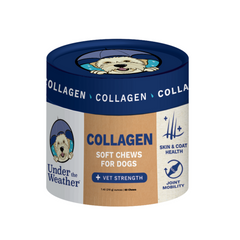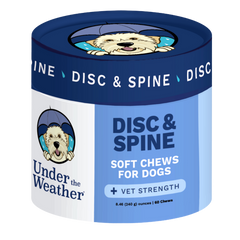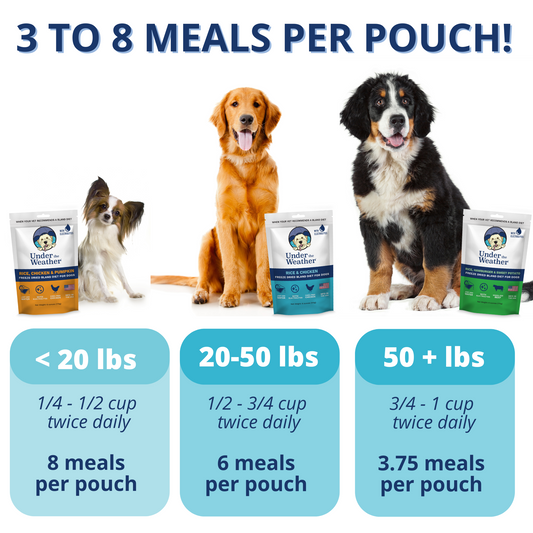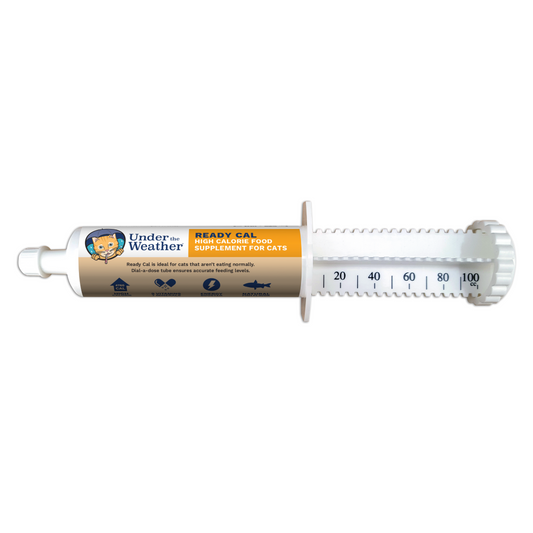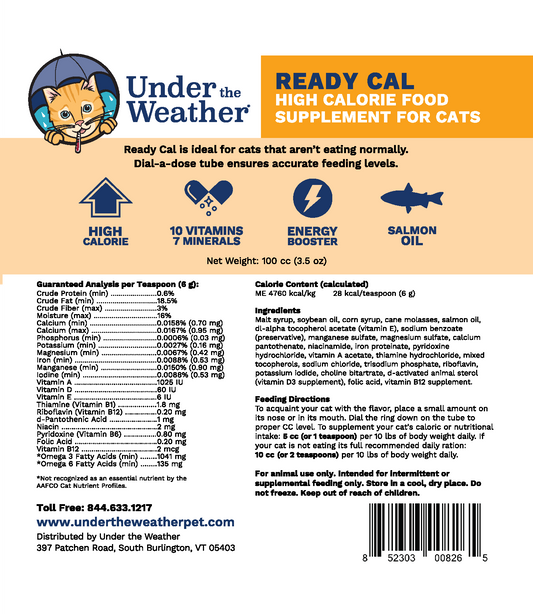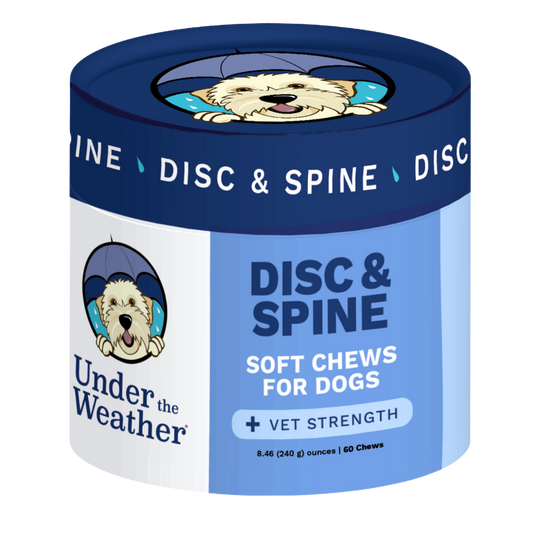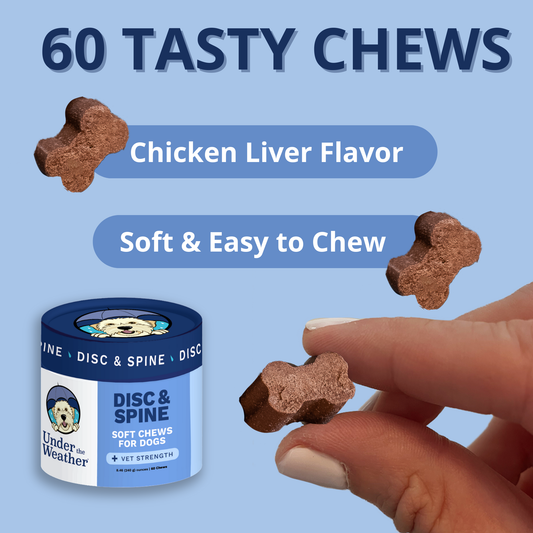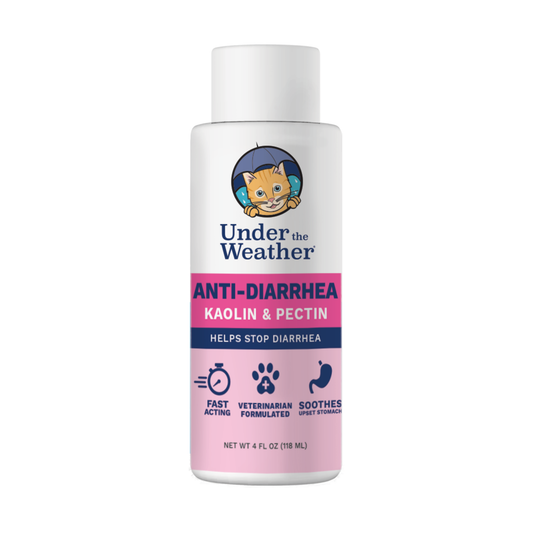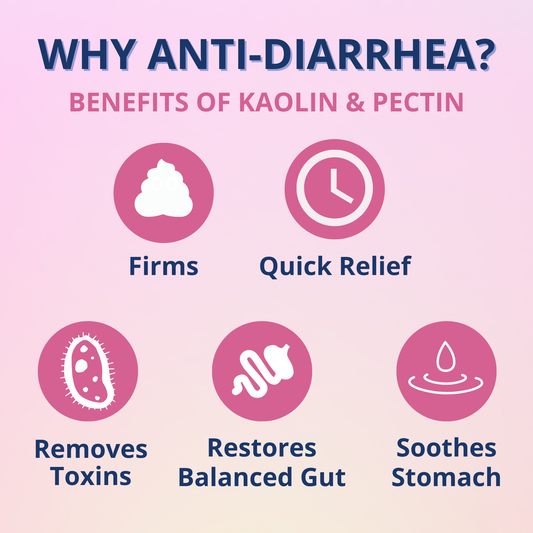IVDD, or intervertebral disc disease, is a common but serious health issue that affects many dogs. It occurs when discs between the spine vertebrae degenerate or herniate, causing pain and mobility problems. Worse, it can also lead to paralysis. IVDD in dachshunds, unfortunately, is quite common.
In this guide, we’ll discuss what IVDD means for dachshunds and their owners — how they should deal with it, what symptoms to look out for, and what treatment to get.
We’ll also provide actionable tips for long-term monitoring and improving your dachshund’s quality of life.
Understanding IVDD
What is IVDD, and why are dachshunds more prone to it than others?
IVDD is a degenerative disease affecting your dog’s spinal cord. It causes a variety of mobility issues often painful for your beloved pet.
Unfortunately, dachshunds are more likely to have IVDD than others because of their short-leggedness and genetics.

There are two types of IVDD:
- Hansen Type I (nucleus pulposus degeneration and extrusion)
- Hansen Type II (annulus fibrosis degeneration and protrusion)
Dachshunds are more prone to Hansen Type I IVDD. The degenerated material from the disc herniates and presses on the spinal cord, causing symptoms to appear.
Meanwhile, Hansen Type II is more common in breeds of normal length, and it’s similar to back problems in people.
Moreover, dogs’ discs naturally degenerate. IVDD speeds up this process, and your vet may not even detect symptoms until the discs have become ruptured.
By that time, painful symptoms may already be obvious.
Simple activities such as jumping on sofas could damage the affected discs and trigger acute pain.
Clinical signs include paralysis. Other common symptoms include:
- Inability to walk normally
- Reluctance to move
- Unsteadiness in all four legs
Typically, herniation happens in dachshunds aged between 4–7. If your pet experiences any of the above symptoms, you should take them to the vet immediately.
Diagnosing IVDD
To diagnose IVDD, your dachshund needs a thorough physical examination from a vet alongside an X-ray.
This is enough to detect mild cases of IVDD. The process will also rule out or uncover any neurological problems in your pet.
For more serious issues, your vet will request more diagnostic tests, such as:
- MRI scan: this provides a sectional view of your dachshund’s spinal cord and discs. It’s the preferred technique of many since results are clearer and easier to read — but it’s also the most expensive option.
- CT scan: this uses computer processing to produce 3D X-rays that also show soft tissues. You’ll need a referral to a specialist to have this test.
- Myelography: this shows spinal cord compression through a dye injected into the spinal column, making it a bit riskier than other processes.
During the examination, your vet will gauge your dachshund’s IVDD severity through a grading scale like the following:
|
Grade |
Findings |
Description |
Prognosis with Non-Surgical Treatment |
Prognosis with Surgical Treatment |
|
1 |
Normal gait Paraspinal hyperaesthesia |
Walking normally but painfully |
70-100%
|
About 95% |
|
2 |
Ambulatory paraparesis Paraspinal hyperaesthesia |
Walking but weak and wobbly Painful |
55-100% |
About 95% |
|
3 |
Non-ambulatory paraparesis Paraspinal hyperaesthesia |
Can’t walk or stand unassisted Painful |
55-80% |
80-90% Recovery times vary. They can walk within 1-3 weeks, though some take 2 months or longer |
|
4 |
Paraplegia Paraspinal hyperaesthesia +/-Urinary incontinence |
No voluntary movement of limbs. Painful +/- Loss of bladder control |
40-80% |
|
|
5 |
Paraplegia Absent deep nociception in affected limbs Paraspinal hyperaesthesia +/- Urinary incontinence |
Loss of deep pain sensation in toes of affected limbs No deliberate or voluntary movement of affected limbs Painful +/- Loss of bladder control |
Only up to about 30% of these dogs walk again without surgery |
About 50-60% will walk fairly normally again Recovery can take up to 9 months or longer, though most cured dogs walk within 6-12 weeks |
Your dachshund will not likely need an MRI or CT scan if they’ve been graded as 1 or 2 — conservation treatment is usually enough for these grades.
Treatment Options
Treatment options for IVDD in dachshunds range between conservative management and surgical interventions, depending on the disease’s severity.
Conservative Management
Conservative management is a non-surgical approach best for grade 1 or 2 cases.
Although it can also be done instead of surgery for higher-grade cases, but it’s less likely to succeed. The treatments in this approach include:
- Rest and confinement: provide ample rest and limit the dachshund’s physical activity. This will minimize the pressure on the spine and allow the affected disc to heal. You may let your dog rest in a crate or a small area that prevents too much movement.
- Medications: generally, medications are there to manage pain and discomfort in your pet during the recovery process. Your vet may prescribe pain management medications to minimize inflammation and IVDD-related pain. Closely follow your vet’s instructions when administering these medications, and check for any adverse reactions. You may also consider using supplements such as those we offer at Under the Weather Pet.
- Physical therapy and rehabilitation: physical therapy is a crucial non-surgical treatment for dachshunds with IVDD. You’ll need to hire a certified canine rehabilitation therapist. The therapist will then find tailored exercises for improving your dachshund’s mobility, strengthening their muscles, and mitigating the risks of future complications.
Proper conservative treatments take around a minimum of two months. The goal is to rehabilitate the erupted disc and allow the dog to have a full recovery.
However, remember that with conservative treatments, you’re not “curing” the issue — there’s a 50% chance it will reoccur at some point in the future.
Surgical Interventions
Surgical interventions are for severe or rapidly worsening IVDD conditions in terms of motor control and pain.
Important tip: if your dachshund goes down and loses the pain reflex on their toes, you only have 24 hours to implement the surgery to attain at least 85% success. Immediate action is necessary.
If the surgery is delayed, your dog’s chances of ever walking again decrease drastically. But if you detect early symptoms and request the surgery on time, the success rate is around 96%.
A trained neurologist should handle the surgery, not a general vet. The type of surgery your dachshund is going to take depends on the type and location of the herniation.
Generally, the surgery eliminates the affected disc material to solve the problem. You might also have to fenestrate other potentially affected discs to prevent them from bursting in the future.
After the surgery, you must implement simple conservative measures to allow faster healing. You can start physical therapy from the get-go, but a six-week crate rest is still highly recommended.
Remember: a second surgery is always a possibility. Because of IVDD, the dachshund’s other discs are susceptible to future rupture, where another surgery might be needed. Take extra precautions even long after a successful first surgery.
Home Care and Management
The risk of another rupture means your dachshund needs extra care perpetually. Follow these tips for effective home care and management for recovering dachshunds:
Create A Safe Environment
Ensuring a safe environment for dachshunds with IVDD means minimizing the risks of injuries.
For instance, make them use ramps instead of stairs, and provide non-slip mats to help them avoid slipping on hard floors.

Keep their living area clutter-free to further prevent accidents. Invest in supportive beddings — these reduce the pressure on their spine.
Is your dachshund’s crate spacious? Make sure it is.
Following these adjustments helps protect your dachshund’s back while supporting their long-term recovery and health.
Diet and Weight Management
Dachshunds with IVDD should maintain their weight to a manageable level. Excess weight can put additional strain on their spine, resulting in a higher chance of re-rupturing.
Feed them a balanced diet, and avoid overfeeding. Check in with your vet to find the most appropriate portion and sizes of food for your pet. Invest in high-quality, low-calorie foods, and regularly monitor your dachshund’s weight.
Adjust their diet as necessary to prevent obesity, which is a huge risk factor for exacerbating IVDD in dachshunds.
Exercise and Activity
Regular exercises are important, and they should be tailor-fit to your dog’s needs.
For instance, high-impact activities such as jumping or running aren’t good for dachshunds healing from IVDD — these activities can greatly strain their spines.
Instead, choose controlled, low-impact exercises like gentle play and short walks. Swimming is an excellent choice, too, since it offers a full-body workout without stressing your dachshund’s joints and spine.
Always monitor your dachshund during the exercise and stop immediately if they show signs of pain or discomfort. The goal is to ensure their activities remain safe and beneficial.
Long-term Management and Prognosis
In the longer term, you want to ensure continuous monitoring and follow-up. You’ll also need to ensure your pet is living a quality life.
Monitoring and Follow-up
Regularly take your dachshund to the vet for check-ups. Schedule routine visits to monitor your pet’s condition and adjust treatments as needed.
Your vet may recommend periodic imaging tests — such as X-rays or MRIs — to track the dachshund’s spinal health. You should be vigilant for any signs of relapse or worsening symptoms.
Early detection leads to prompt intervention, which can significantly improve your dachshund’s chances of avoiding severe IVDD issues.
Quality of Life Considerations
Ensuring good quality of life for dachshunds with IVDD involves regular pain management, mobility support, and mental stimulation.
Pain management may involve prescriptions described above, while mobility support involves using assistive devices like harnesses or dog wheelchairs.
For mental stimulation, use interactive toys and gentle play. These keep your dog happy and engaged.
Conclusion
Overall, IVDD in dachshunds is treatable and manageable. However, it must be detected early and not allowed to worsen. Your duty as a fur parent and responsible pet owner is to ensure your dog gets the best care available — whether through conservative treatments or surgical ones. Maintain a safe environment for your dachshund and monitor their health regularly.
If you're looking for effective supplements that help your dachshund fight IVDD with ease, consider using our products at Under The Weather Pet. These disc and spine chews for dogs are a vet-formulated product created to support a dog’s spine from neck to tail — check them out, and keep your dog healthy!
Every Sale Supports a Shelter Pet. Learn More.
Created in Vermont. Learn More.
Written by: Min Lee
If you suspect your pet is sick, call your vet immediately. For health-related questions, always consult your veterinarian, as they have examined your pet, know the pet's health history, and can make the best recommendations for your pet.


